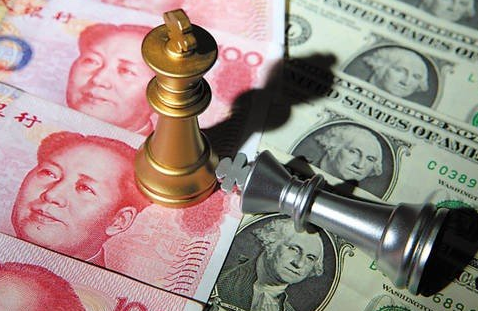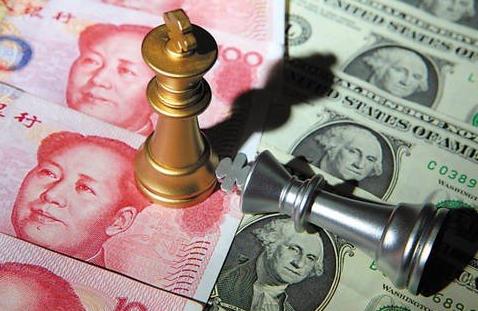
BEIJING, Aug. 29 (Xinhua) -- The Chinese currency Tuesday strengthened against the U.S. dollar to its highest level in more than a year on the back of a firming economy and weaker U.S. dollar.
The central parity rate of the Chinese currency (the renminbi or yuan) strengthened 60 basis points to 6.6293 against the U.S. dollar Tuesday, according to the China Foreign Exchange Trade System.
The adjustment came after a rise of 226 basis points Monday, reaching the highest level since August last year.
The dollar slipped to a 15-month low against other major currencies in late trading Monday after Federal Reserve Chair Janet Yellen did not mention monetary policy at a central bankers' summit, and the euro remained broadly supported.
In July alone, the dollar index, which measures the greenback against six major peers, went down 2.89 percent, resulting in appreciation of non-U.S. dollar currencies, including the euro and Chinese yuan.
More than two years after China changed its "central parity system" to let the market play a bigger role in exchange rate formation on Aug. 11, 2015, China's currency stands tall against the U.S. dollar with stabilized market expectations.
"A sound economic fundamental is the main reason for the yuan's rise," said Fan Ruoying, a senior analyst with the Bank of China.
China's economy expanded 6.9 percent in the first half, well above the target of around 6.5 percent for the year.
Rather than adopting large-scale stimulus, China has been pushing entrepreneurship and innovation to fuel the real economy, and prompting steady growth by restructuring.
Consumption, investment and exports posted more balanced growth, with consumption accounting for 63.4 percent of GDP growth in the first half.
The service sector, already accounting for 54.1 percent of the economy, maintained strong growth in the first half. High-tech and equipment manufacturing industries expanded faster than the overall industrial output.
"The renminbi, despite moving closer to the level consistent with overall assessment, remained broadly in line with fundamentals and desirable policies," said the IMF in its latest External Sector Report released last month.
In addition, policies put in place in China to ease capital outflows have had the desired effect and restored confidence in investors, contributing to the yuan's rise, Fan said.
Cross-border capital flow has stabilized in the first half, and supply and demand in the forex market has reached the most balanced level in about three years, according to the State Administration of Foreign Exchange (SAFE).
In July, Chinese commercial banks recorded a smaller net forex settlement deficit as cross-border capital flows stayed balanced and stable, according to SAFE.
Commercial banks bought 128 billion U.S. dollars worth of foreign currencies and sold 143 billion dollars last month, resulting in net sales of 15 billion dollars, a 26 percent decline from the monthly deficit of 21 billion dollars in June.
Meanwhile, foreign exchange reserves rose for a sixth month in July to hit 3.1 trillion U.S. dollars, increasing 23.9 billion U.S. dollars from a month earlier, according to the central bank.
It is the first time since June 2014 that reserves have expanded for six straight months.
With the country's fundamentals improving, analysts expect the yuan to advance more against the U.S. dollar further over the coming months.
The Chinese yuan will continue its momentum given a slew of positive economic indicators in August, including property sales and infrastructure investment, which will inject fresh impetus to the economy, according to a Guotai Junan Securities report.
A stronger euro will also put pressure on the U.S. dollar as investors grow bullish about its economic outlook against a backdrop of brewing U.S. fiscal problems, said Shenwan Hongyuan Securities in a report.
In China's spot foreign exchange market, the yuan is allowed to rise or fall by 2 percent from the central parity rate each trading day.
The central parity rate of the yuan against the U.S. dollar is based on a weighted average of prices offered by market makers before the opening of the interbank market each business day.




 A single purchase
A single purchase









